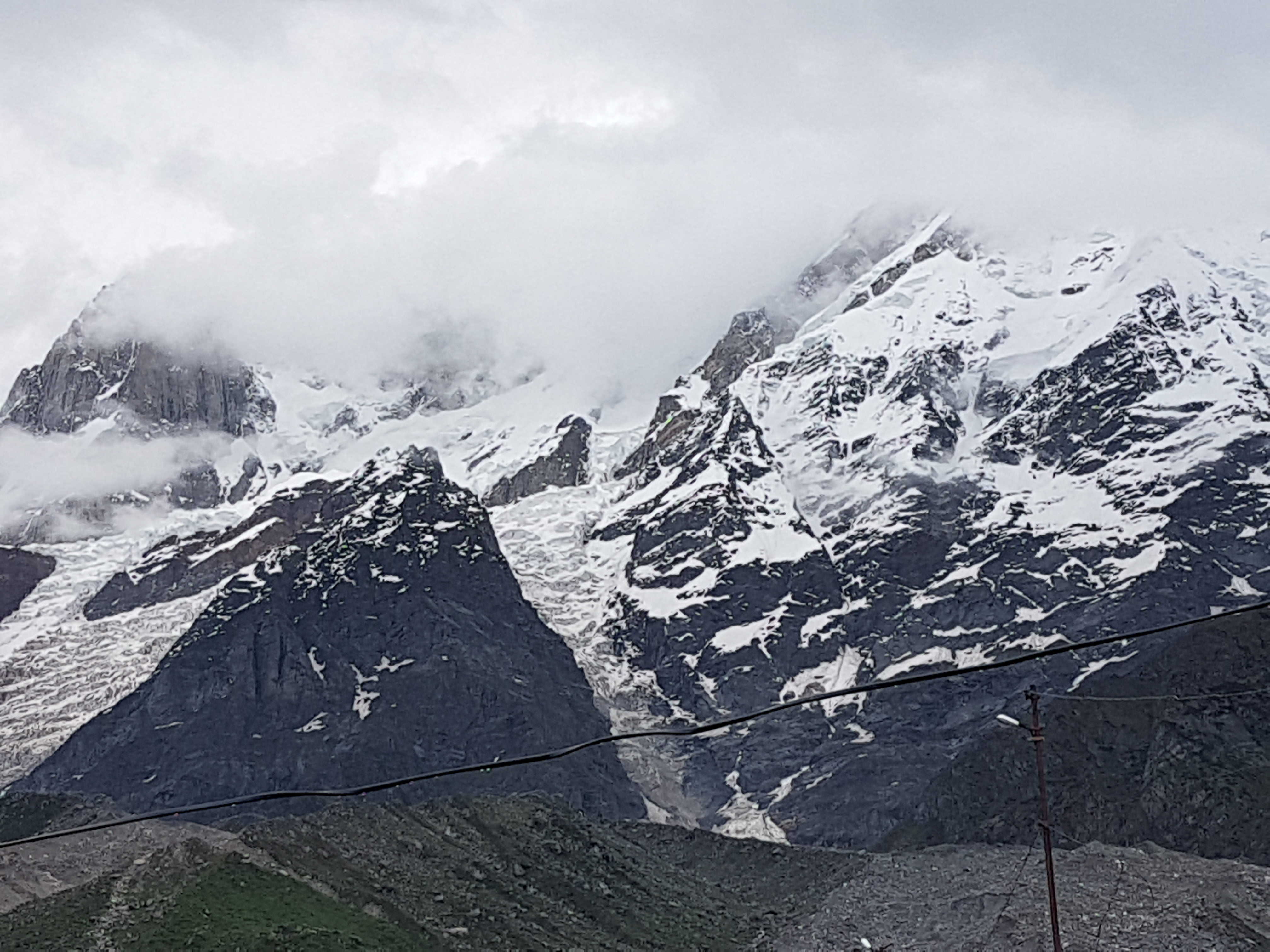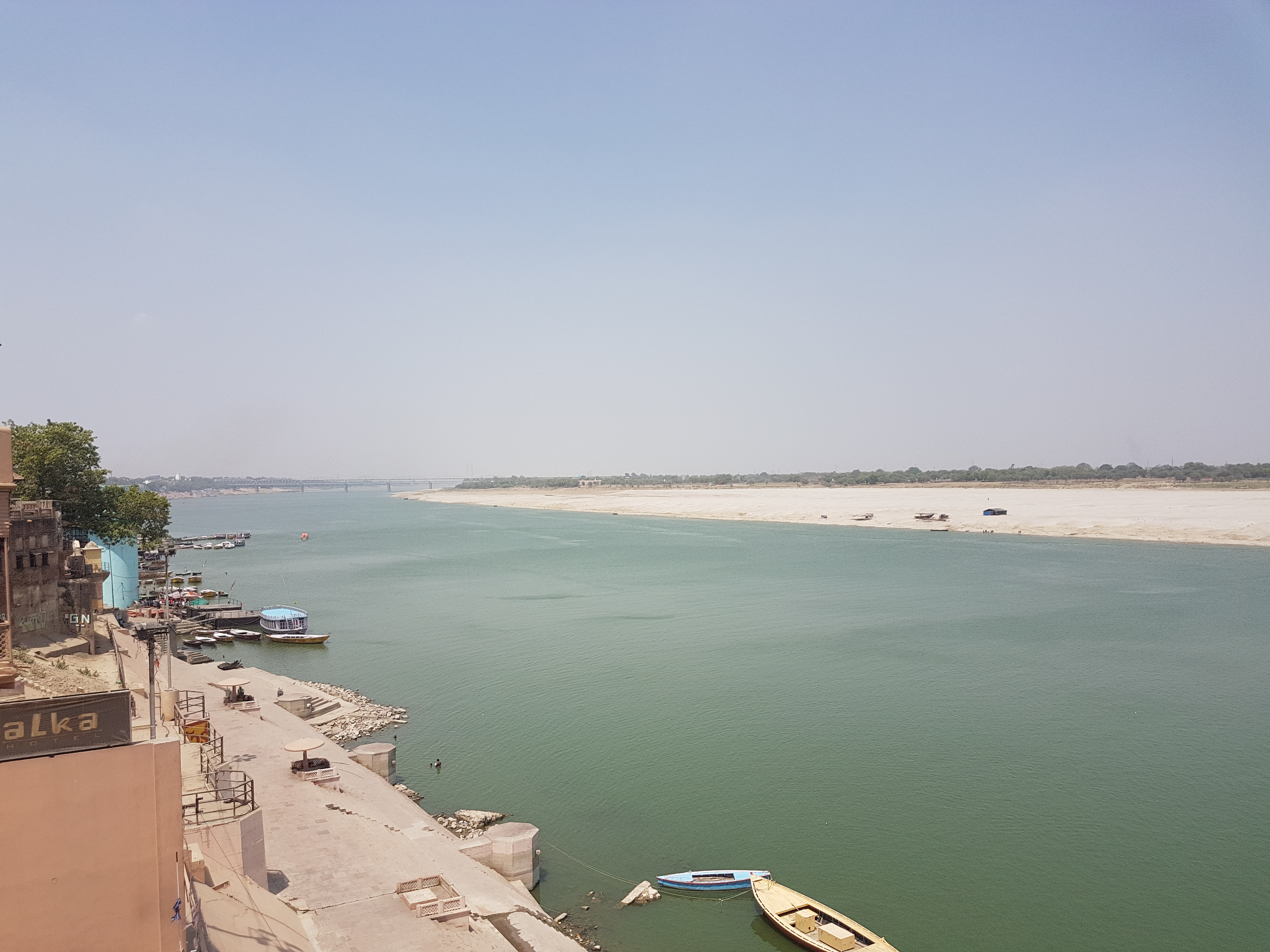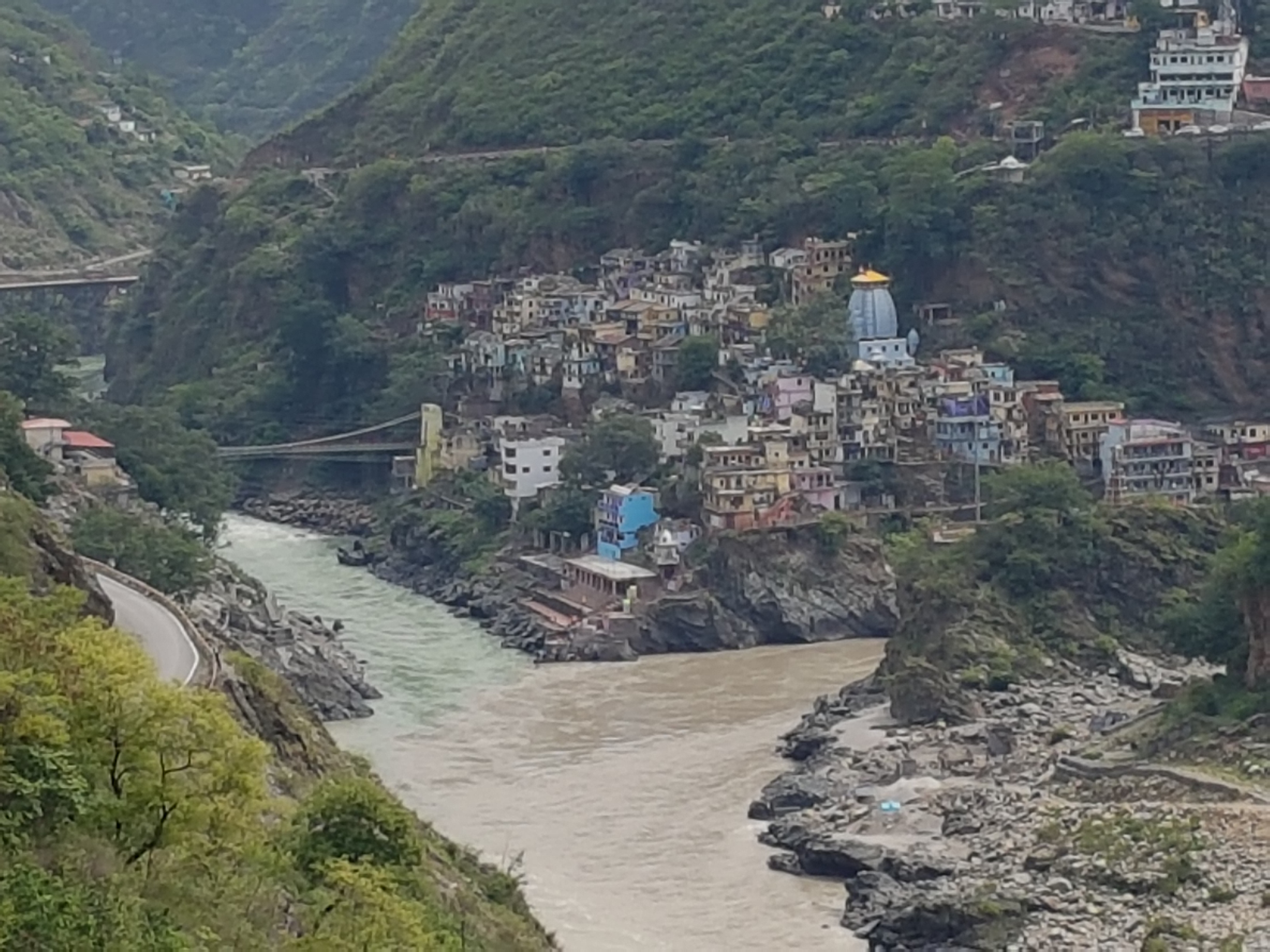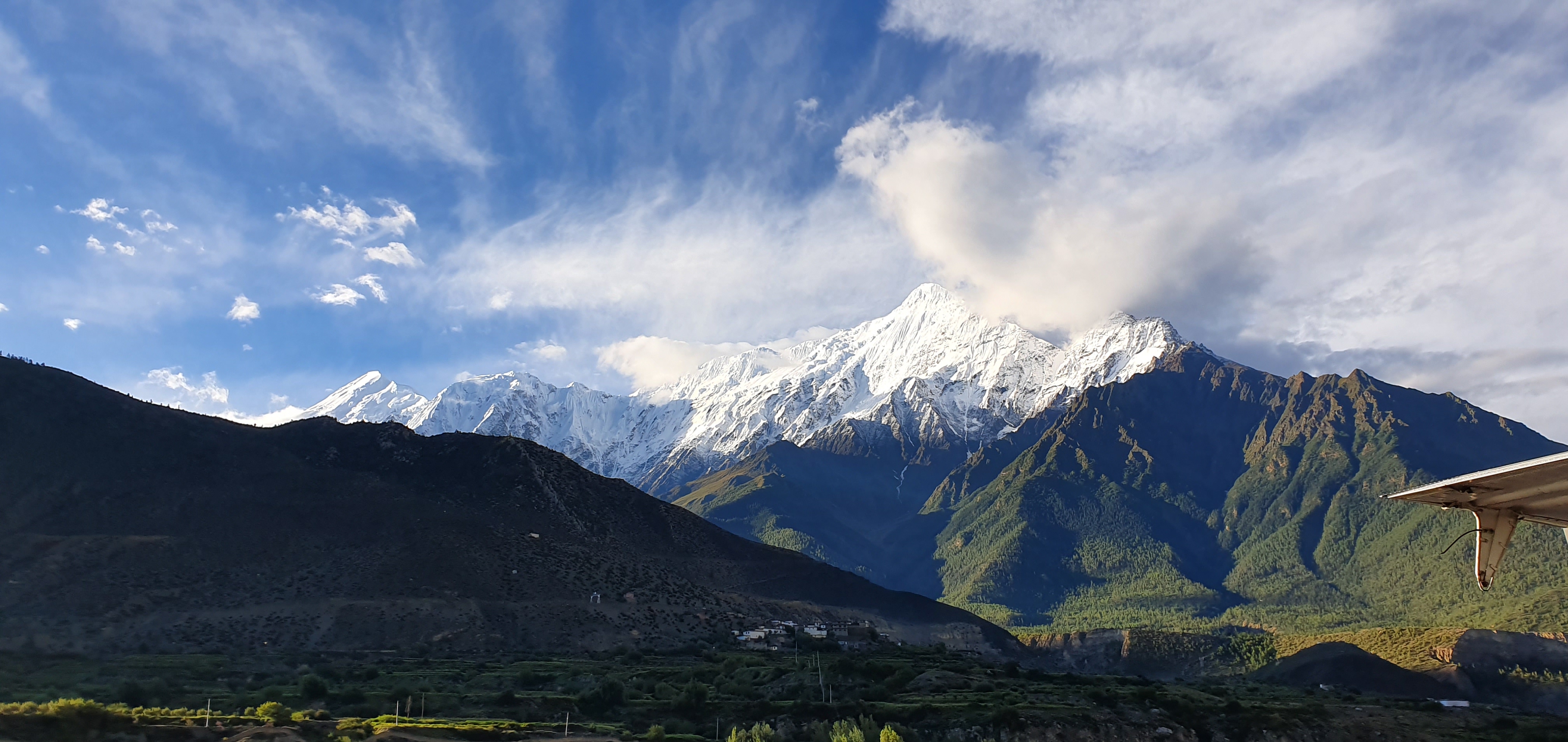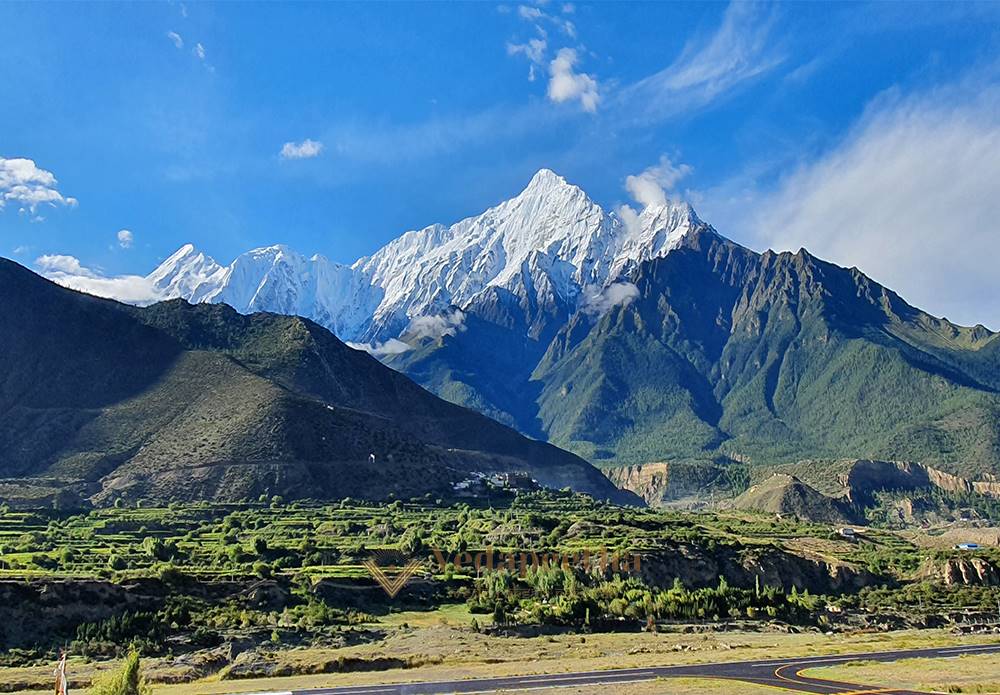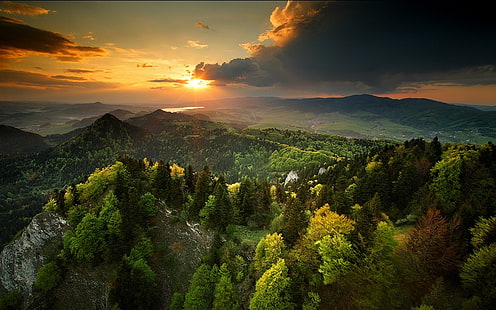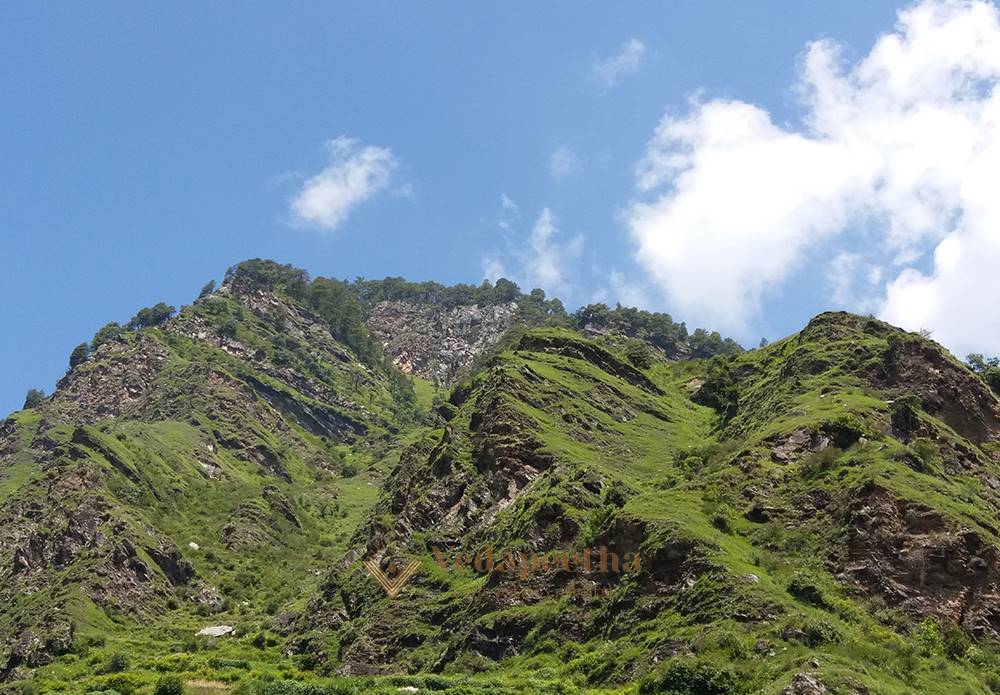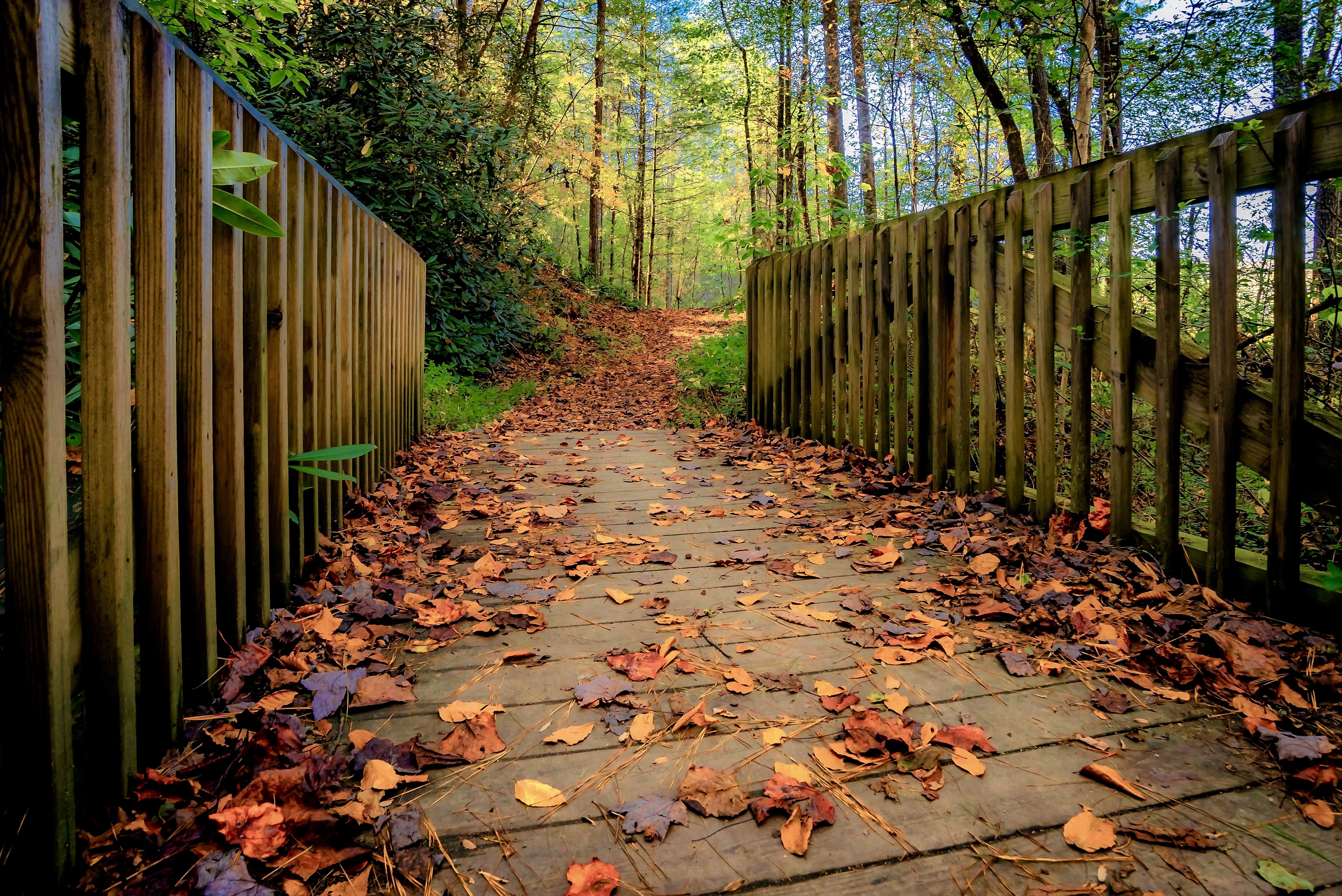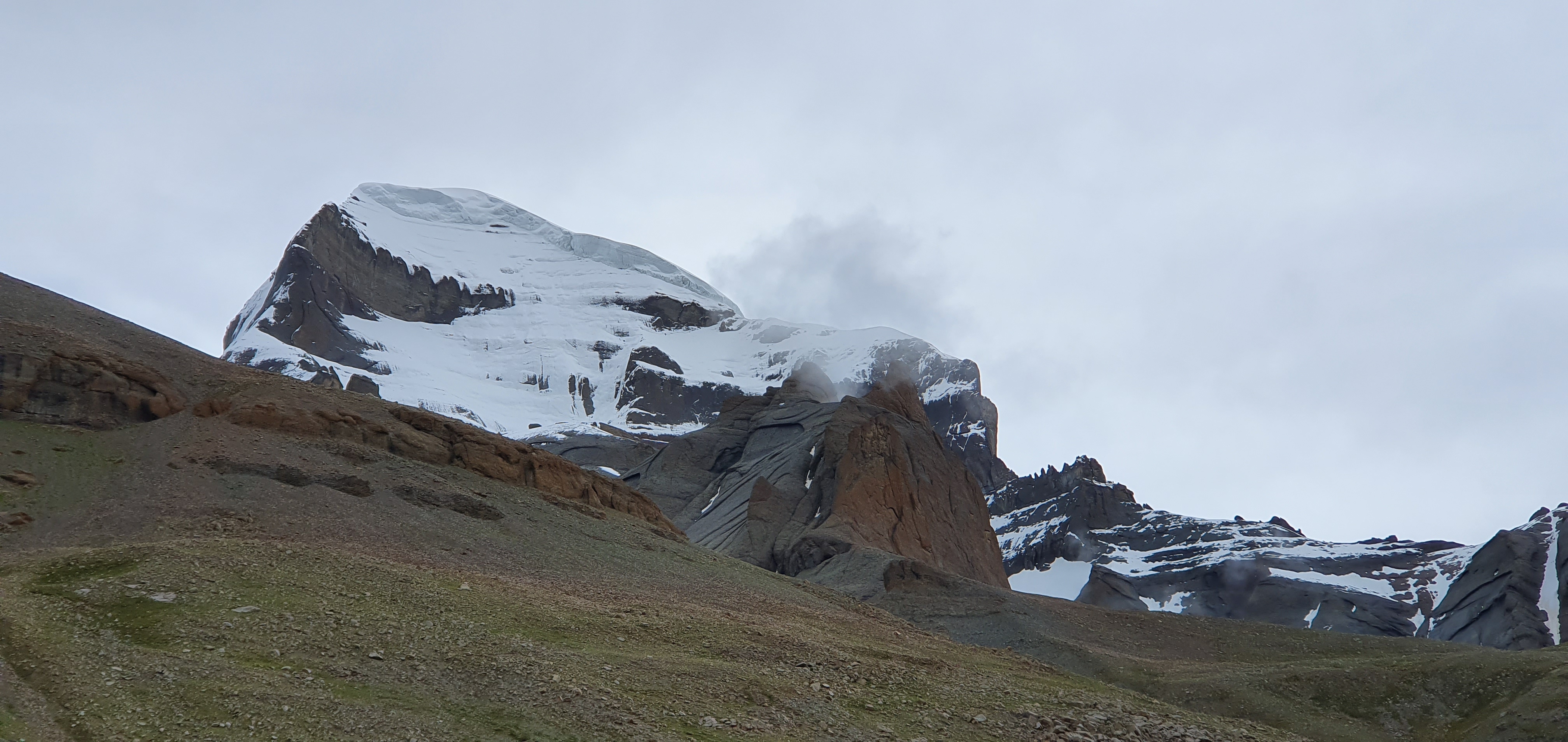Sāmaveda Saṃhitā
Sāmaveda Saṃhitā is like a musical score sheet that must be heard, and it is not meant to be read as a text. The Sāmaveda Saṃhitā comprises two major parts: the Ārcika and the Gāna parts. The melodies or Gānas in the song book have corresponding verses in the Ārcika portion. The Gāna collection is subdivided into Gramageya and Āraṇyageya, while the Ārcika portion is subdivided into Pūrvārcika and Uttarārcika portions. The Pūrvārcika part has 585 single verses and is structured in order of deities or Devatās, while Uttarārcika text is structured by rituals. The Gramageyas are those for open recitations, while Āraṇyageyas are for individual meditative use, especially when retired in the forest. Predominantly, the Pūrvārcika collection were sung to melodies described in the Gramageya-Gānas index.
Sāmaveda Saṃhitā is like a musical score sheet that must be heard, and it is not meant to be read as a text. The Sāmaveda Saṃhitā comprises two major parts: the Ārcika and the Gāna parts. The melodies or Gānas in the song book have corresponding verses in the Ārcika portion. The Gāna collection is subdivided into Gramageya and Āraṇyageya, while the Ārcika portion is subdivided into Pūrvārcika and Uttarārcika portions. The Pūrvārcika part has 585 single verses and is structured in order of deities or Devatās, while Uttarārcika text is structured by rituals. The Gramageyas are those for open recitations, while Āraṇyageyas are for individual meditative use, especially when retired in the forest. Predominantly, the Pūrvārcika collection were sung to melodies described in the Gramageya-Gānas index.
Sāmaveda Saṃhitā, while essentially made of Rigveda mantras, can be considered the peak of Vedas: in the course of a Yāga (ritual), the Udgatru priest chants Sāmaveda at the peak time to make sure the grace of the Devatās is flowing in its complete glory. Many of the Sāmaveda Saṃhitā hymns have Agni, Indra or Soma as Devatā and are to be used during rituals.
Sāmaveda is said to have 1000 Śākhās according to Mahābhasya, but now only three are available today: 1) Kauthuma śākhā 2) Jaiminiya śākhā and 3) Rāṇāyāniya śākhā.
There are few more Sāmaveda śākhās followed in Bharat (India): Śatyayāna Śākhā has a tradition similar to Jaminiya śākhā. Śatyayāniya Sāmaveda is said to have been prevalent in Tamil Nadu and few places of North India; but this Śākhā is no longer existing. Another Śākhā, Gautama Sāmaveda, is said to have been prevalent in Tamil Nadu and in Andhra Pradesh till the 17th century C.E; large followers of the Kauthuma school in Andhra Pradesh still call themselves ‘Gautamas’. Then Bhallavi Sāmaveda is said to have been prevalent in Karnataka and few places of North India.
.jpg)
